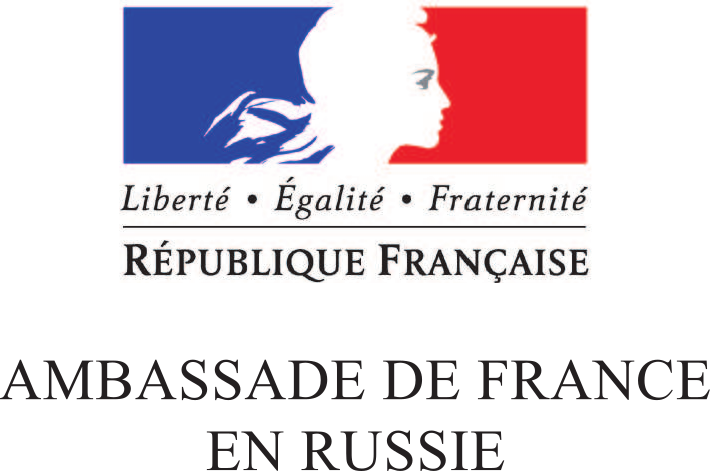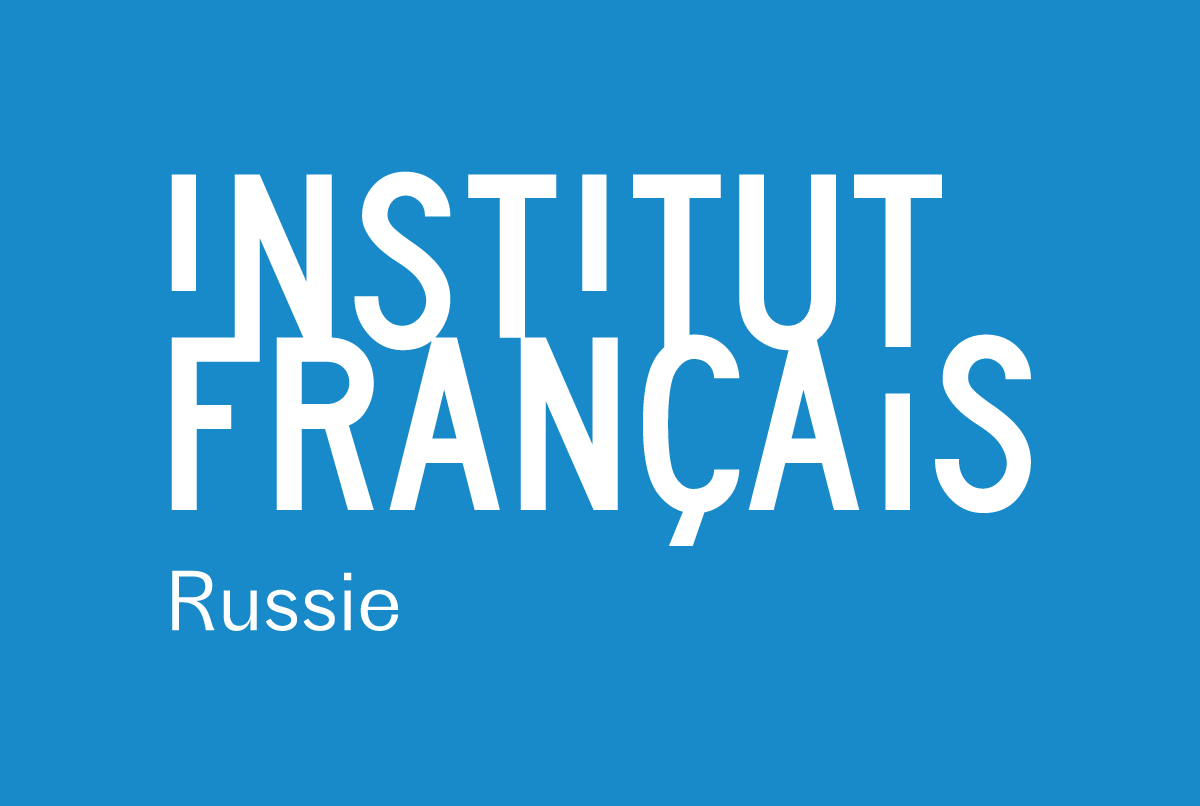China Girls
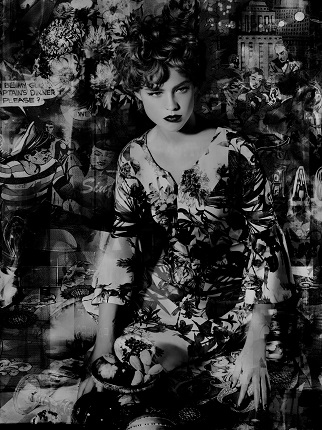
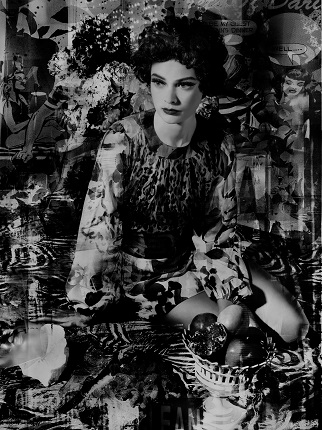
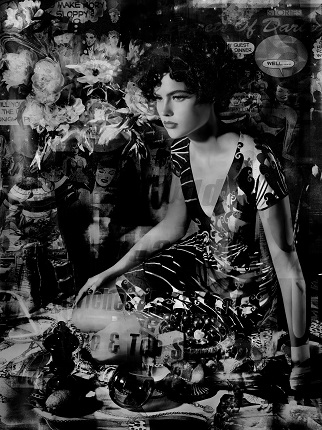
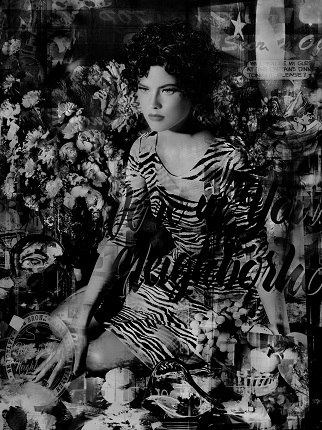
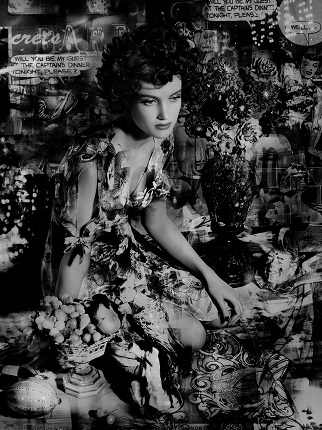
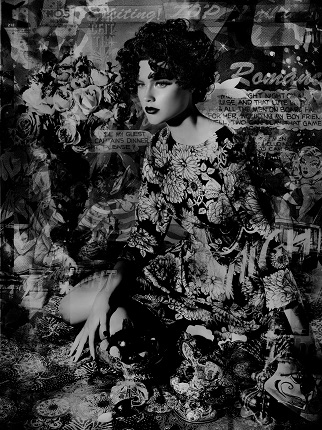
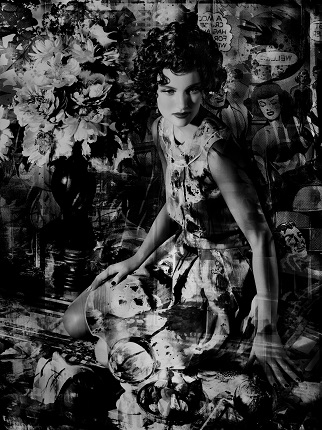
Valérie Belin. Bohemian Glass Cup, from the China Girls series, 2018. Courtesy of the Artist and Galerie Nathalie Obadia, Paris/Bruxelles
Valérie Belin. Chinese Coral Red, from the China Girls series, 2018. Courtesy of the Artist and Galerie Nathalie Obadia, Paris/Bruxelles
Valérie Belin. Opaline Crystal Flask, from the China Girls series, 2018. Courtesy of the Artist and Galerie Nathalie Obadia, Paris/Bruxelles
Valérie Belin. Openwork Porcelain Cut, from the China Girls series, 2018. Courtesy of the Artist and Galerie Nathalie Obadia, Paris/Bruxelles
Valérie Belin. Porcelain Parrot Bird, from the China Girls series, 2018. Courtesy of the Artist and Galerie Nathalie Obadia, Paris/Bruxelles
Valérie Belin. Sterling Silver Jug, from the China Girls series, 2018. Courtesy of the Artist and Galerie Nathalie Obadia, Paris/Bruxelles
Valérie Belin. Swan Neck Vase, from the China Girls series, 2018. Courtesy of the Artist and Galerie Nathalie Obadia, Paris/Bruxelles
Moscow, 12.04.2019—2.06.2019
exhibition is over
Share with friends
For the press
Valérie Belin
China Girls
12 April 2019 — 2 June 2019
Strategic partner of the museum: Tele2
With the support of: Embassy of France in the Russian Federation, Institut Français
As part of the XI Moscow International Biennale ‘Fashion and Style in Photography-2019’ the Multimedia Art Museum, Moscow presents ‘China Girls’, an exhibition by the French artist Valérie Belin.
The artist works in part with imagery found at the onset of her creative career in the new project ‘China Girls’ (2018). In the early photographic series devoted to crystal vases and glasses (1993), Valérie Belin mainly studied the optical properties of objects, remaining within the framework of the traditional fixation of functions by photography. In later series, for example ‘Illusions of Life’, which MAMM presented in Moscow in 2013, Belin explores the boundary between real and illusory by means of photography.
Valérie Belin’s new photo project ‘China Girls’ is both a continuation and development of her previous work. The title ‘China Girls’ is borrowed from cinema. That is the name given to girls pictured in the first frames of the film reel. Next to them was a greyscale that later, after the shots were processed, served to calibrate the tone. There is no exact answer to how these girls actually got their name: either the make-up gave the appearance of porcelain china dolls, or real china mannequins were used.
The models in Valérie Belin’s images actually resemble antique china dolls. Three girls took part in the shoots, but the make-up and identical pose give them such similarity that we find it hard to distinguish one from the other. They are all surrounded by numerous flowers, by decorative fruits and every kind of knickknack. The density of this background can be compared to the density of a baroque still life. The models seem to depict beautiful captives existing in a closed, magical world.
To create a complex and intentionally excessive background Valérie Belin uses the matte painting technique, a type of cinematographic montage in which empty spaces are left in the painted illusory décor so that figures of actors may be inserted later. Masterfully and seamlessly connecting diverse elements in the image, Belin again problematizes the fragile boundary between imagination and reality.
In addition to the title and techniques borrowed from filmmaking, the ‘China Girls’ series contains references to such masterpieces of world cinema as Alfred Hitchcock’s ‘Vertigo’ (1958), in which the fate of the female lead is linked to that of her ancestor depicted in a painting, and Michelangelo Antonioni’s ‘Blow-Up’ (1960), where the background of an enlarged photograph reveals evidence of a crime that the main character doubts ever took place until the very end of the film.
Works by Valérie Belin (b. 1964) are included in the collections of the Centre Georges Pompidou (Paris), Museum of Modern Art (New York), Bibliothèque Nationale de France (Paris), Fondation Cartier pour l’art contemporain (Paris), Crédit Commercial de France (CCF) Foundation for Photography (Paris), etc. Valérie Belin was awarded the Paris Photo Prize in 1997 and the CCF Foundation Prize in 2000; in 2004 she was shortlisted for the Marcel Duchamp Prize.

